Kurt Amplatz published radiographic changes in the postoperative patient in Cardiovascular Diseases
On Jan. 1, 1975, Kurt Amplatz published Radiographic changes in the postoperative patient in Cardiovascular Diseases. Amplatz, M.D.,…
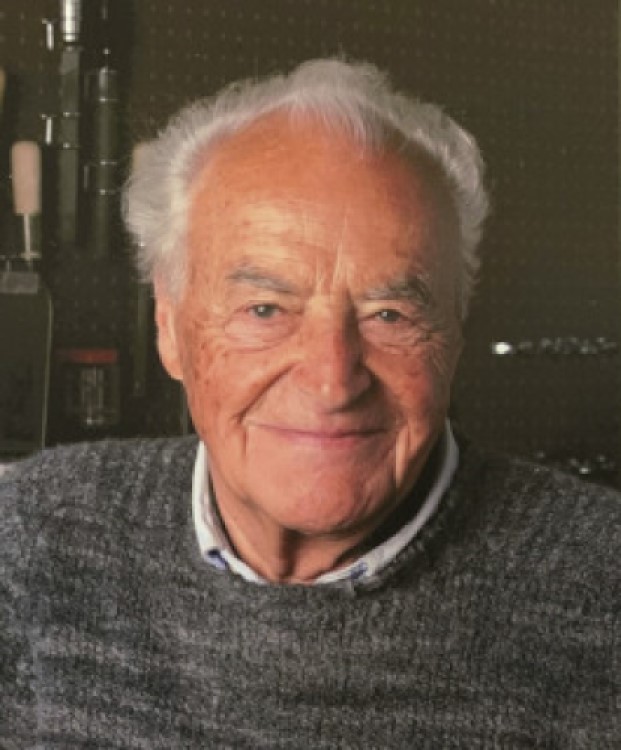
On Jan. 1, 1975, Kurt Amplatz published Radiographic changes in the postoperative patient in Cardiovascular Diseases. Amplatz, M.D.,…
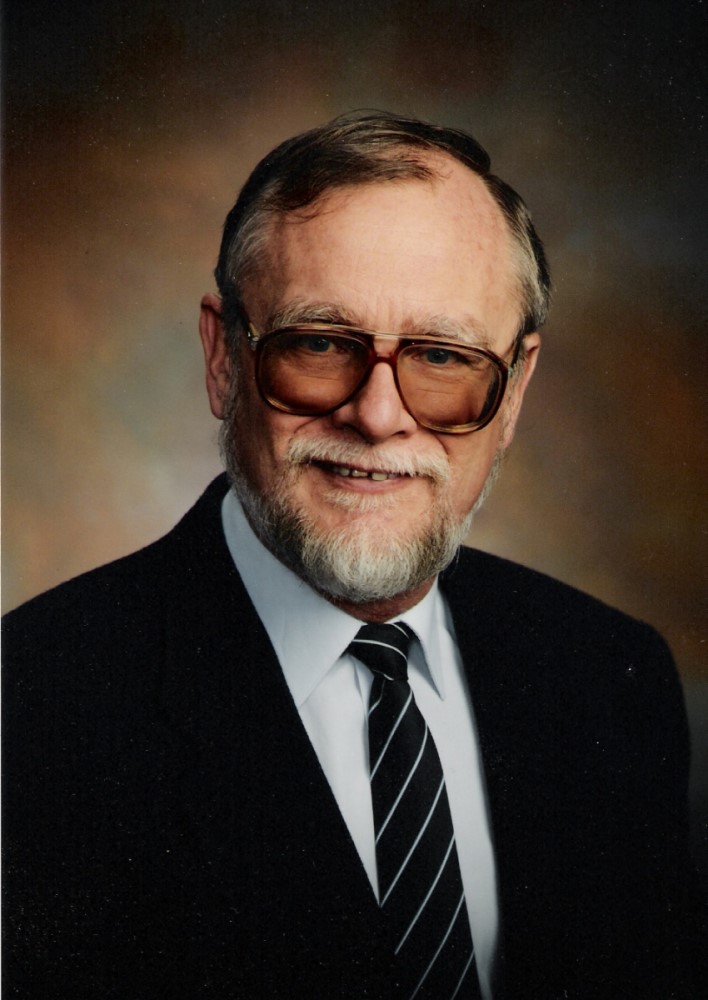
In 1975, Molecular Probes was founded by Richard and Rosaria Haugland in their kitchen in Minnesota. The biotechnology…
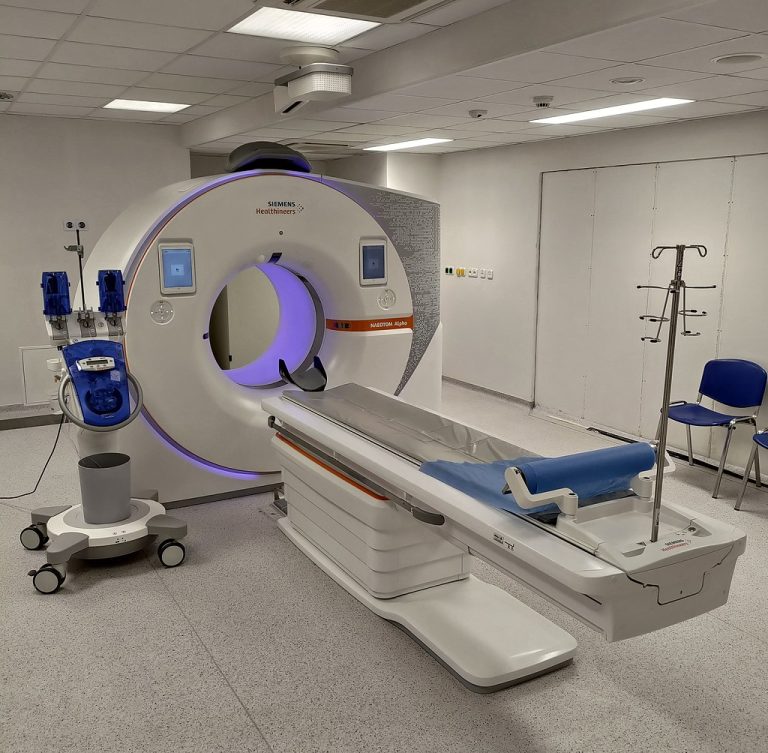
In June 1973, the first computed tomography (CT) scanner in the U.S. was installed at the Mayo Clinic…
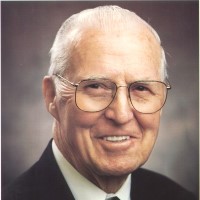
On Dec. 10, 1970, Norman Borlaug, University of Minnesota graduate in forestry and plant pathology was awarded the…

In 1968, Medtronic annual sales skyrocketed to more than $12 million, with the company reporting net income in…
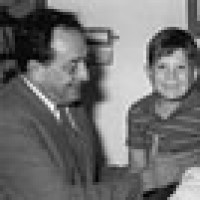
In 1968, the world’s first successful bone-marrow transplant was completed at the University of Minnesota Hospital under the…

In 1967, Medtronic opened a service center at Amsterdam’s Schiphol Airport. Staffed round-the-clock, the Schiphol Depot provided physicians…
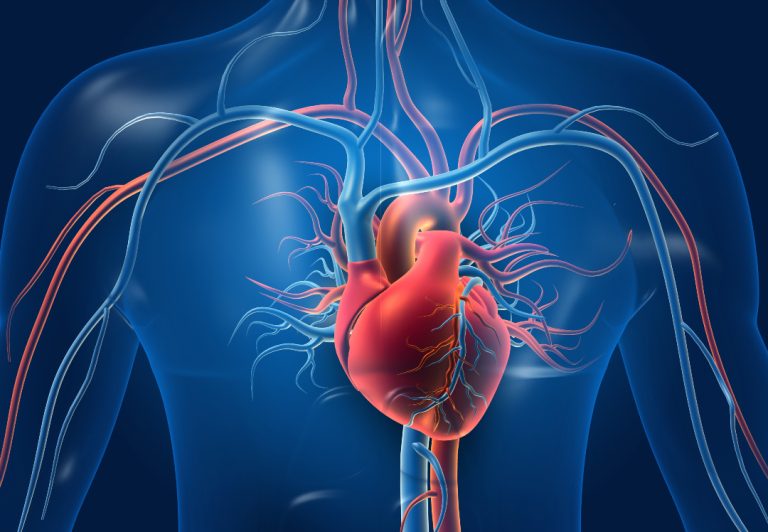
In 1967, Medtronic introduced two “on-demand” pacemakers, designed to avoid competition between paced beats and the patient’s own…
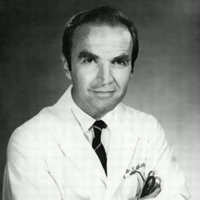
On Dec. 17, 1966, a pancreas transplant was first completed under the direction of Richard C. Lillehei, William…
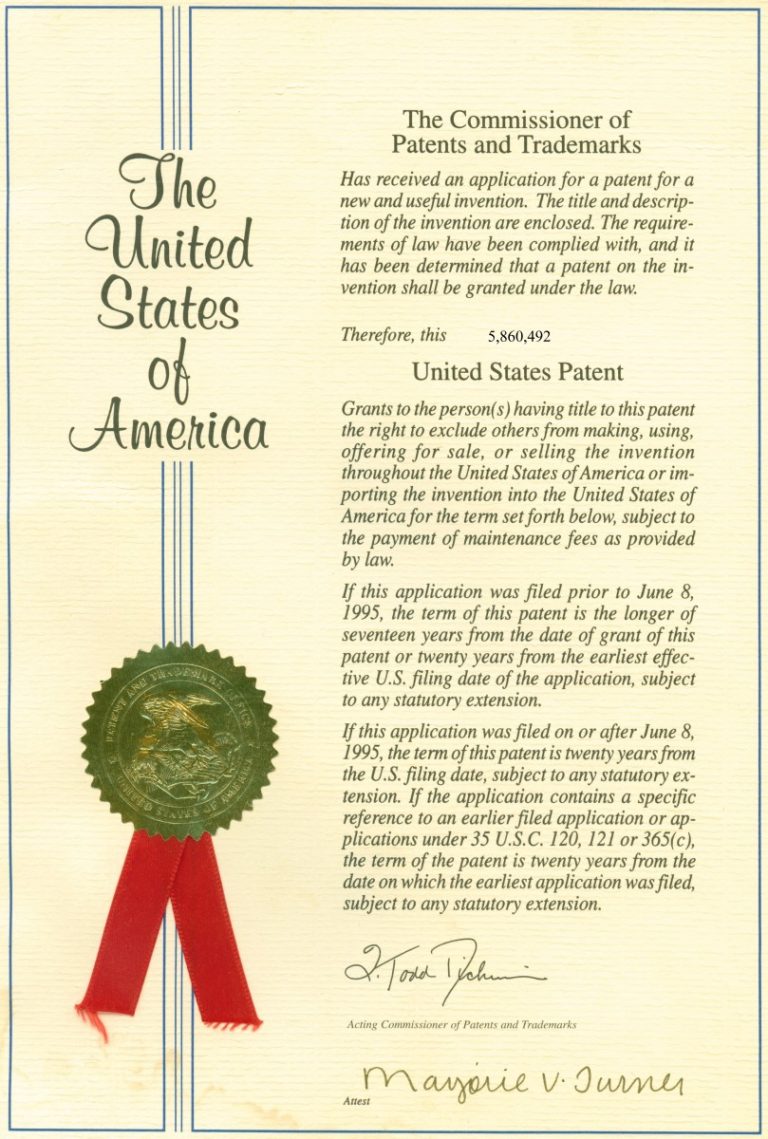
In 1966, Medtronic purchased the patents related to implantable pacemakers from Drs. Wilson Greatbatch and William Chardack. Building…

In 1965, microbiologist John Spizizen arrived at the Scripps Clinic and Research Foundation from the University of Minnesota…
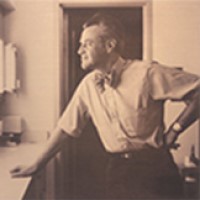
On Oct. 1, 1963 Kurt Amplatz published A Catheter Approach for Cerebral Angiography in Radiology. Amplatz, M.D., who…
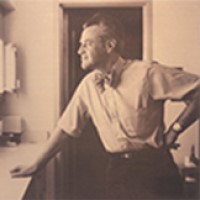
On Jun. 1, 1962, Kurt Amplatz published “A New Subclavian Artery Catheterization Technic” in Radiology. Amplatz, M.D., who…
In 1962, biochemist Frank Huennekens joined the Scripps Clinic and Research Foundation from the University of Washington Medical…

In 1962, Biochemist Frank Huennekens arrived at the Scripps Clinic and Research Foundation from the University of Washington…

In 1961, Medtronic relocated its headquarters to a 15,000-square-foot facility in St. Anthony Village in Minneapolis. The new…
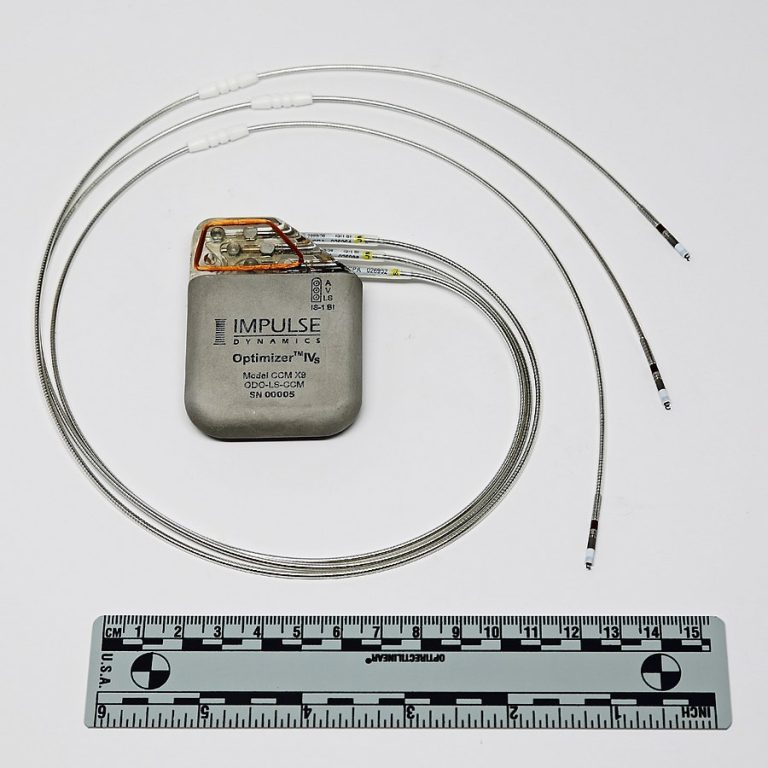
In 1960, Medtronic’s founders read an article about the implantable pulse generator with interest and soon contacted the…
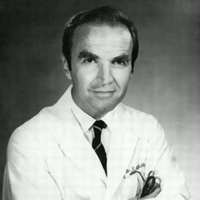
In 1958, C. Walton Lillehei and Dr. Richard A. DeWall at the University of Minnesota Heart Hospital co-invent…
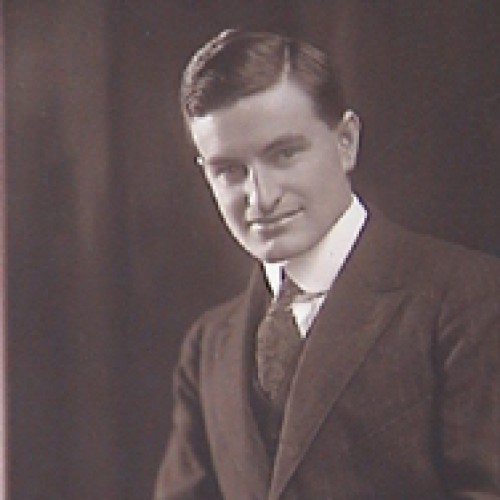
In April 1957, the American Chemical Society awarded the Priestley Medal to Farrington Daniels “to recognize distinguished services…

In 1955, The Mayo Clinic Heritage Hall museum opened in Rochester, Minnesota with a generous gift from John…
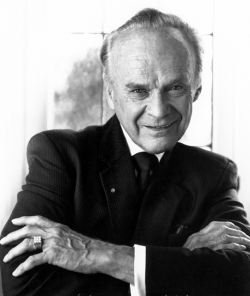
On Mar. 26, 1954, Dr. C. Walton Lillehei at the University of Minnesota performed the world’s first open-heart…
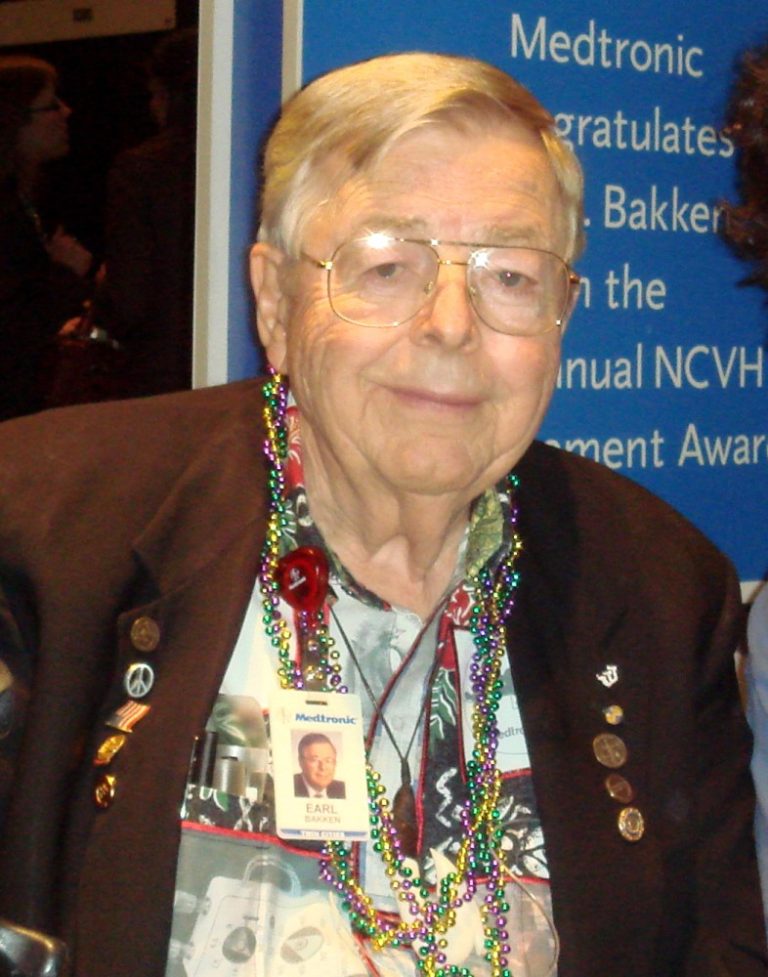
In 1953, Medtronic was founded as a medical equipment repair shop by Earl Bakken and his brother-in-law, Palmer…

In 1953, the Salk Institute for Biological Studies was founded in La Jolla, California. For more than a…
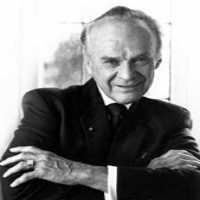
On Sept. 2, 1952, Dr. C. Walton Lillehei professor of surgery at the University of Minnesota, and colleague…
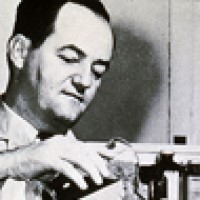
On Oct. 26, 1951, the Durham-Humphrey Amendment, also known as the Prescription Drug Amendment, was signed into law…
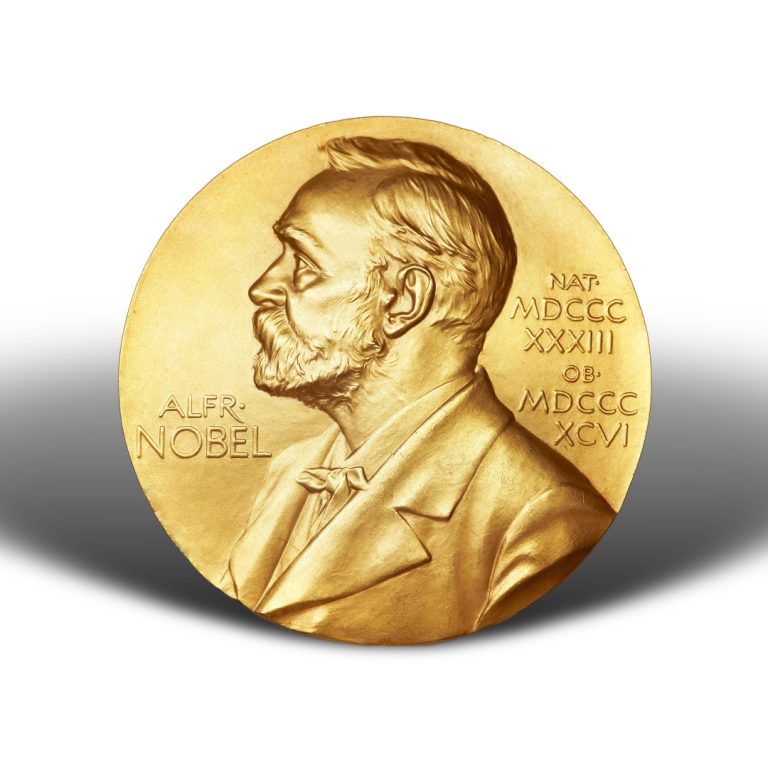
In 1950, Drs. Edward C. Kendall and Philip S. Hench at the Mayo Clinic, along with Tadeus Reichstein,…
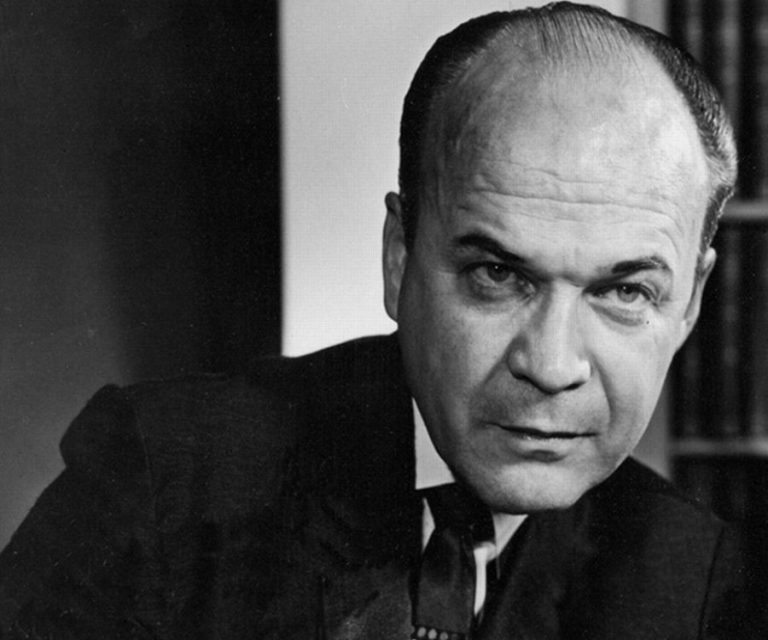
In 1950, Dr. C. Walton Lillehei at the University of Minnesota (UMN) performed surgery on Mike Shaw from…
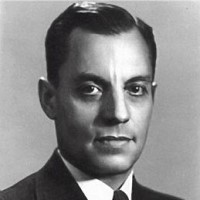
In 1949, Ancel Keyes, M.D. founded the University of Minnesota’s Laboratory of Physiologic Hygiene for research on physiology,…
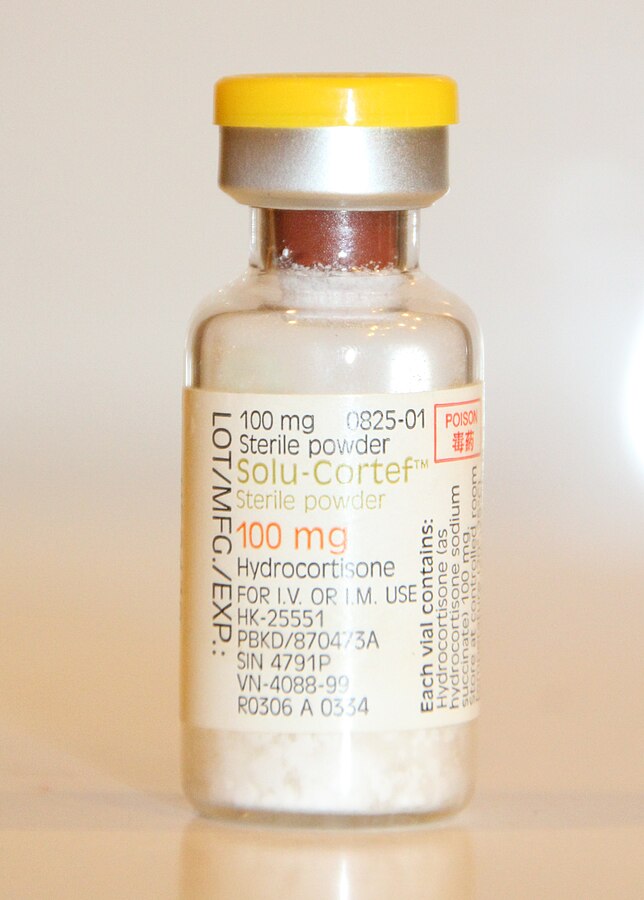
On Sept. 21, 1948, a 28-year-old woman at Saint Marys Hospital (Mayo Clinic) in Rochester, MN received the…
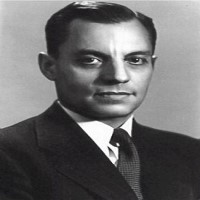
Feb 8, 1945, Ancel Keyes, M.D. wrote on the founding of the University of Minnesota’s Laboratory of Physiologic…